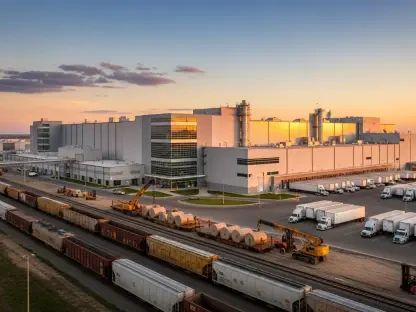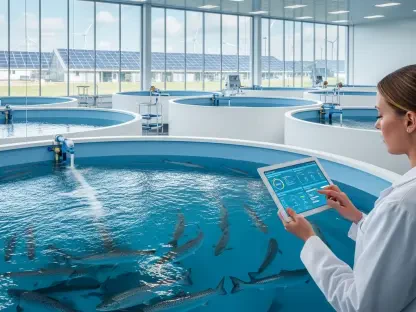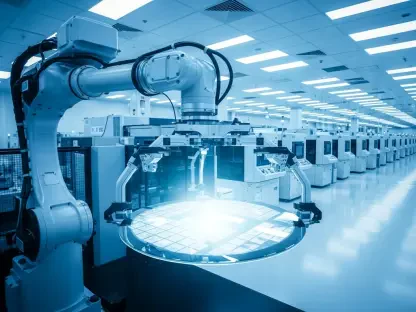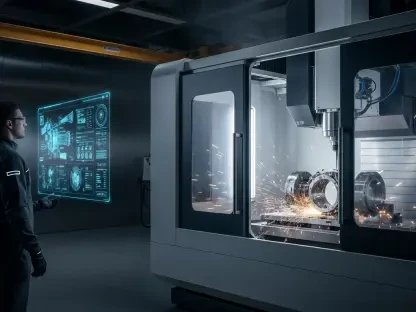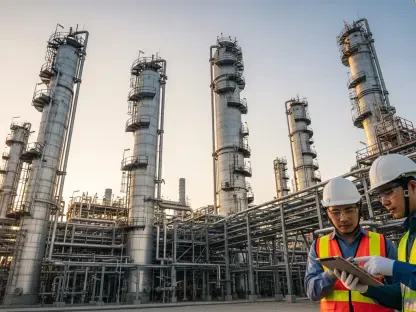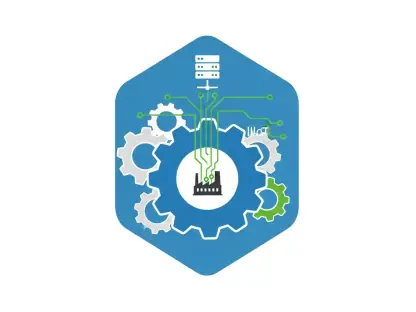General Motors (GM) has recently announced a strategic pivot that is capturing the attention of the automotive industry. By resuming production of transmission units for gasoline vehicles at its Toledo, Ohio facility, GM is responding to market demand amidst complex regulatory and economic conditions. This shift raises questions about GM’s commitment to electric vehicle production and the broader dynamics within the industry. It highlights both challenges and potential opportunities as the global automotive landscape undergoes significant transformation.
Industry Overview
The automotive industry is experiencing a dynamic phase, characterized by technological advancements, shifts in consumer preferences, and a complex regulatory framework. Key segments such as electric vehicles (EVs), internal combustion engine (ICE) vehicles, and autonomous technologies drive the sector’s growth. Technological innovations, including connectivity and automation, are reshaping how manufacturers approach design and production. Key players such as GM, Ford, and Tesla navigate these changes while adhering to stringent environmental and safety regulations. These factors collectively influence the industry’s trajectory, creating an environment where adaptability is crucial.
Evolving Trends and Market Projections
Key Industry Trends
Several significant trends are driving changes within the automotive industry. A shift toward electrification is evident, as manufacturers invest heavily in EV technologies and infrastructure. However, evolving consumer behavior, such as the rising preference for SUVs and trucks, maintains a strong demand for gasoline vehicles. Market drivers, including advancements in battery technologies and government incentives, present opportunities for growth. Meanwhile, automakers are exploring partnerships and collaborations to capitalize on emerging trends and remain competitive.
Market Data and Forecasts
Current market data shows a robust yet fragmented growth pattern. While the EV segment is expanding rapidly, gasoline vehicles continue to hold a significant market share. Growth projections indicate that the automotive sector will experience moderate expansion with varying rates across different segments. Performance indicators such as production output and sales figures reveal a competitive landscape, influenced by global economic conditions and consumer trends. These insights provide a forward-looking perspective, essential for strategic planning.
Challenges and Strategic Responses
The automotive industry faces a multitude of challenges that require strategic responses. Technological complexities, such as integrating new systems and maintaining production efficiency, present significant hurdles. Regulatory pressures, including emissions standards and safety protocols, add layers of complexity to strategic planning. Market-driven challenges, such as fluctuating consumer preferences and geopolitical influences, further complicate the environment. To overcome these, companies are adopting strategies such as flexible manufacturing, investments in R&D, and collaboration with technology firms.
Regulatory Influence and Compliance
The regulatory landscape plays a pivotal role in shaping industry practices. Stricter emissions standards and evolving safety regulations demand compliance and innovation. Key laws and standards influence decisions related to vehicle design, production processes, and market entry. Compliance measures ensure that manufacturers meet regulatory requirements, safeguarding consumer interests and environmental goals. Security measures and adherence to regulations impact industry practices, necessitating continuous adaptation and strategic planning for sustained growth.
Future Outlook and Industry Directions
The future of the automotive industry is marked by transformative technologies and shifting consumer preferences. Emerging technologies, such as autonomous vehicles and artificial intelligence, are poised to redefine mobility. Potential disruptors, from new market entrants to alternative energy sources, could reshape competitive dynamics. Consumer demand for sustainable and connected solutions will drive innovation and market growth. Factors influencing the future include advancements in vehicle technology, regulatory changes, and global economic trends, outlining the sector’s trajectory.
Conclusion and Recommendations
The current developments indicate a pivotal moment for GM and the automotive industry at large. GM’s strategic shift highlights the complexity of managing market demand and regulatory requirements, offering a glimpse into the industry’s evolving landscape. While electric vehicles represent a significant opportunity, the persistence of gasoline vehicle demand underscores the importance of a balanced strategy. Looking ahead, manufacturers must prioritize innovation, adaptability, and compliance to thrive in a rapidly changing industry. Continued investment in technology and infrastructure, alongside strategic collaborations, will be essential for sustained growth and competitiveness in the global market.



